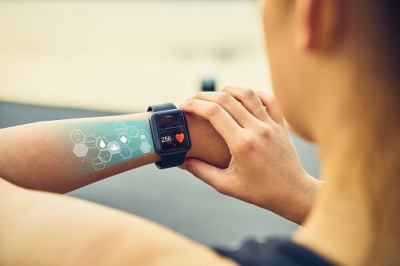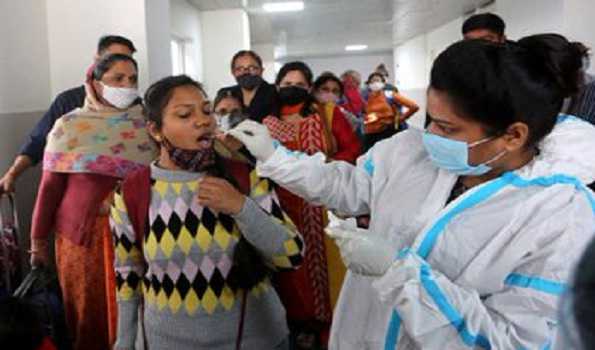New wearable optical device may prevent maternal deaths

New York, Sep 22: US researchers have developed a new wearable optical device that can detect haemorrhage during labour or after childbirth, and could help prevent maternal deaths.
The new device, developed by a team at the Washington University, is designed to be worn on the wrist, where it uses laser speckle imaging to continuously monitor for a decrease in blood flow that provides an early indication that heavy bleeding is taking place elsewhere in the body.
Haemorrhage during labour or after childbirth accounts for almost 30 per cent of maternal deaths globally.
“Postpartum haemorrhage most severely impacts people in low and middle-income areas, who have limited access to high-quality medical diagnostics and treatments,” said Christine O’Brien, the research team leader from Washington University in St. Louis.
“We were inspired to develop an accessible tool that can be used in both low and high-resource settings to detect this condition earlier than current methods. This work is the first step in the development and proof-of-concept testing of our initial prototype,” O’Brien added.
The researchers described the study that validated the prototype’s ability to detect changes in blood flow using a swine model of haemorrhage in the journal Biomedical Optics Express.
“In a medical setting, it could be useful for monitoring how patients are responding to treatment for a haemorrhage. It could also offer a standalone tool for use at home or in other settings that alerts mothers giving birth when they may be in danger and should seek medical attention,” said Francesca Bonetta-Misteli, the paper’s first author.
This device uses laser speckle flow index (LSFI) to detect haemorrhage-induced peripheral vasoconstriction, a process which the body initiates during a haemorrhage.
“Because of peripheral vasoconstriction, vital signs can remain unchanged until there is very severe blood loss, meaning that in many instances we cannot use vital signs to detect postpartum haemorrhage before it becomes severe,” said O’Brien.
“By monitoring blood flow in the wrist, our device can detect peripheral vasoconstriction as it occurs in response to postpartum haemorrhage before the patient starts to show symptoms,” he added.
To test the device researchers conducted a haemorrhage and resuscitation study in a swine animal model. As test animals lost blood, the device detected near-immediate, continuous decreases in blood flow. The response was almost perfectly linear, with an average correlation between detected blood flow measure and volume of blood removed of 0.94.
The researchers now are planning to enrol pregnant women in a clinical study in the coming months. They also hope to partner with investigators from countries with high mortality rates due to postpartum haemorrhage to test the device’s performance and utility in resource-limited settings.






